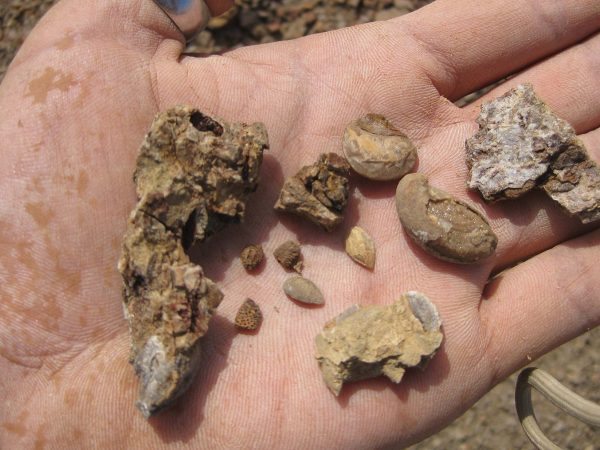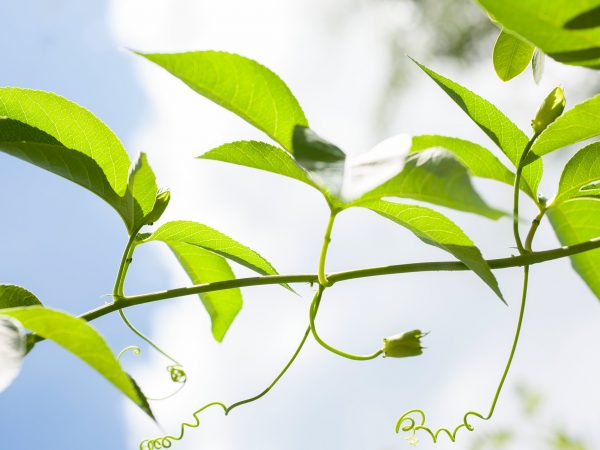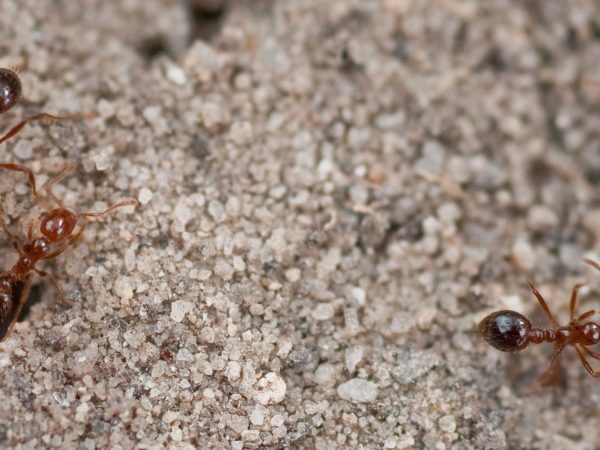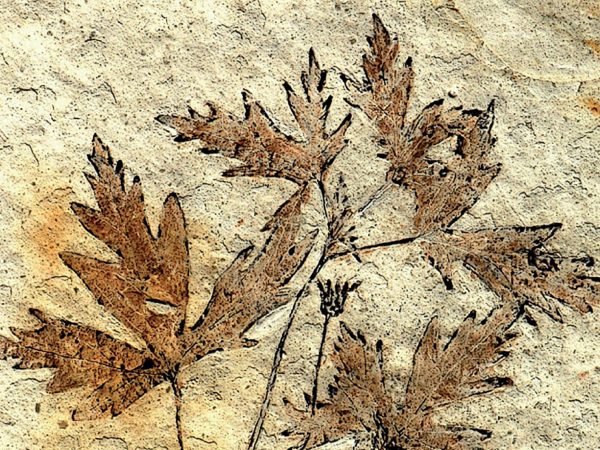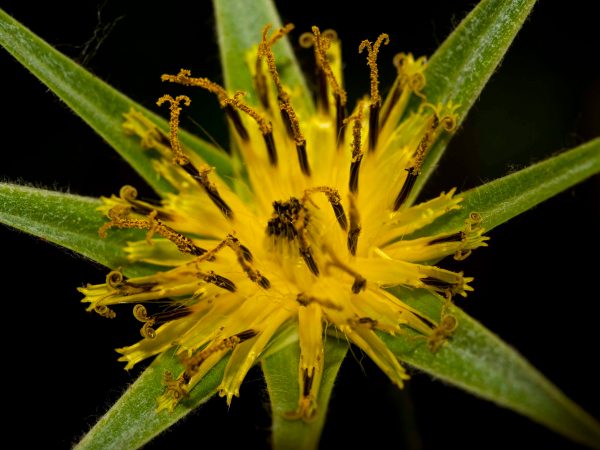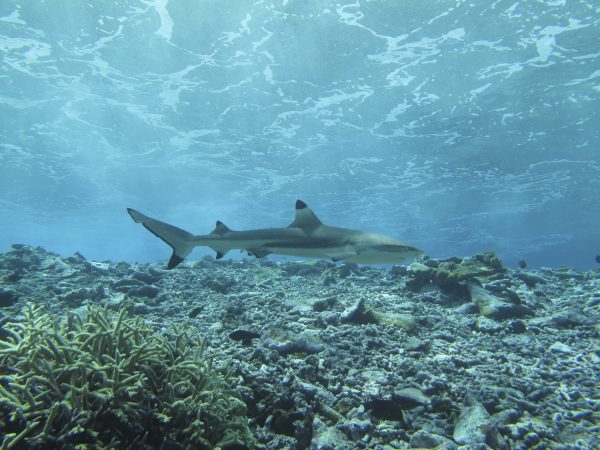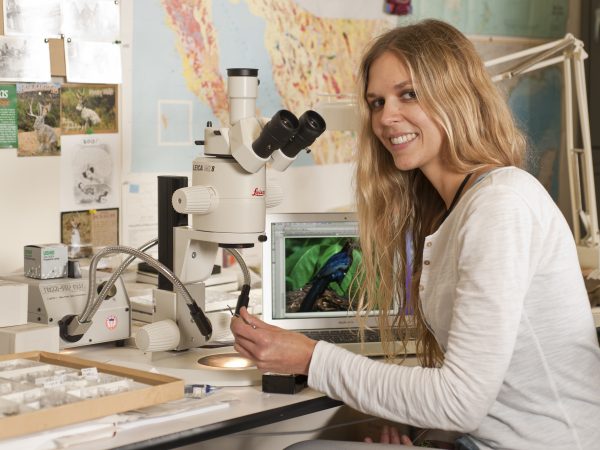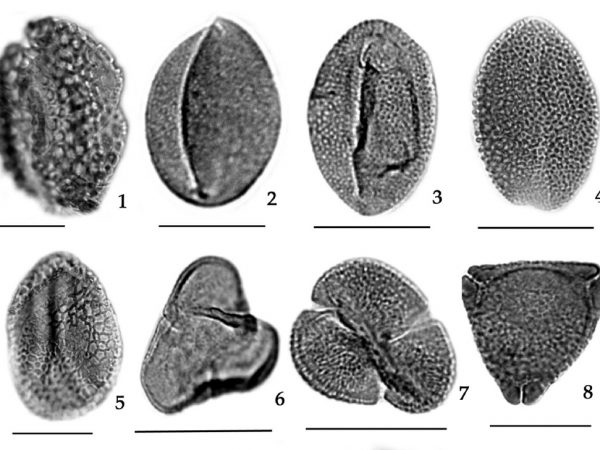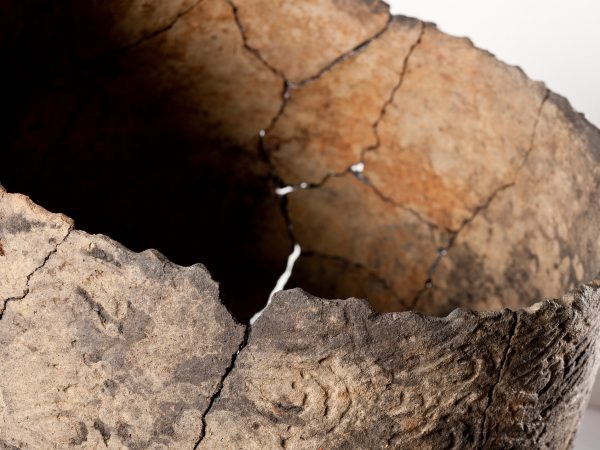Scientists search for grape fossils at long-forgotten site in Peru
In the spring of 2010, Steve Manchester, Florida Museum of Natural History curator of paleobotany, and Fabiany Herrera, a University…
Read More
Researchers help pinpoint key events in ancient plant evolution
Researchers from the University of Florida and six other institutions have unlocked some of the key foundations for the evolution…
Read More
New study pinpoints U.S. as source of worldwide fire ant invasions
The sweet smells of spring fill the air as more and more people head to parks and playgrounds to enjoy…
Read More
Fossil reveals new genus of 125-million-year-old eudicot from China
A Florida Museum researcher has helped describe the earliest known fossil remains of a flowering plant from China that has…
Read More
Flowering plant study ‘catches evolution in the act’
A new Florida Museum study shows when two flowering plants are crossed to produce a new hybrid, the new species’ genes are…
Read More
Some sharks follow ‘mental map’ to navigate seas
A new study led by a Florida Museum researcher uses tracking data of three shark species to provide the first…
Read More
Fossil bird study describes ripple effect of extinction in animal kingdom
A new study demonstrates extinction’s ripple effect through the animal kingdom, including how the demise of large mammals 20,000 years ago led…
Read More
Pine Island pollen study leads to revision of state’s ancient geography
A new study of 45-million-year-old pollen from Pine Island west of Fort Myers has led to a new understanding of the…
Read More
Shark attacks increase worldwide; Florida continues four-year decline
The number of reported shark attacks last year increased worldwide, but declined in Florida, according to the University of Florida’s…
Read More
New book sheds light on importance of pottery to early peoples
A new book by a Florida Museum researcher challenges traditional theories about the exchange of prehistoric pottery and its value…
Read More
